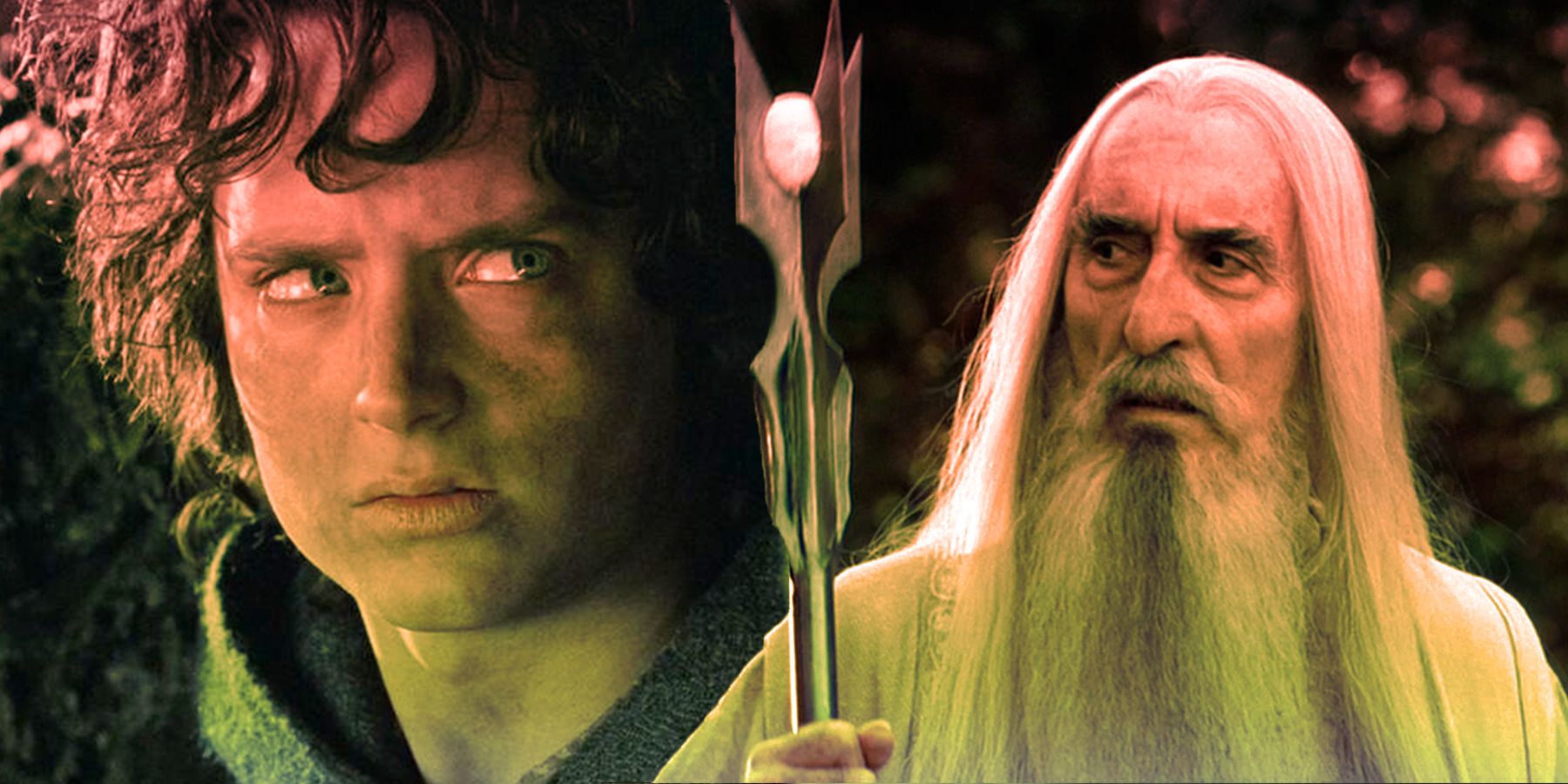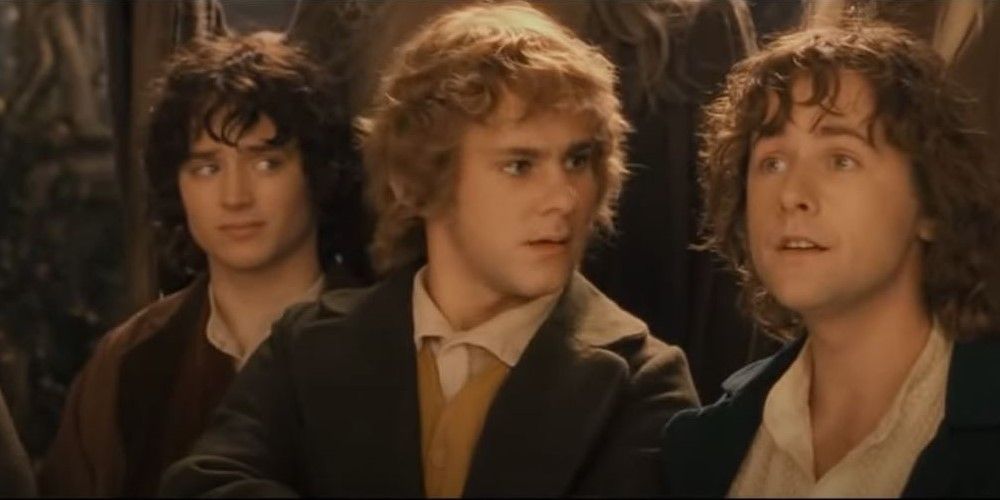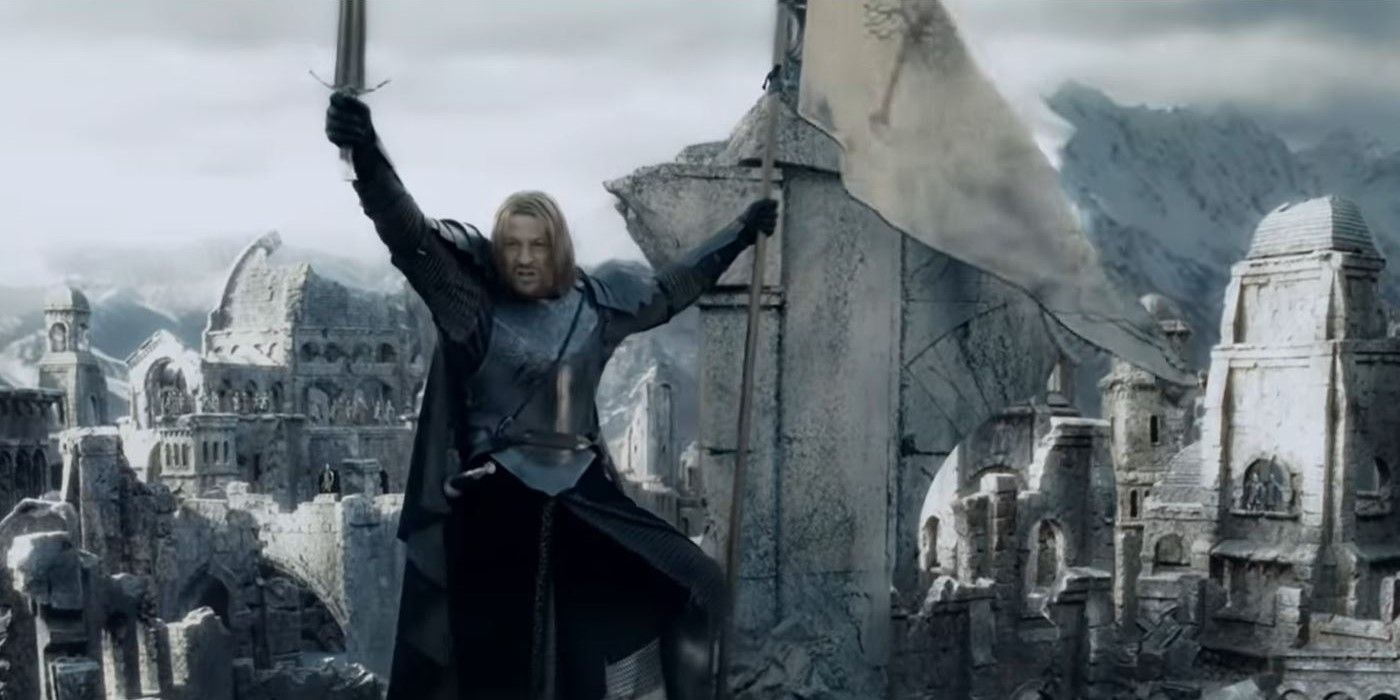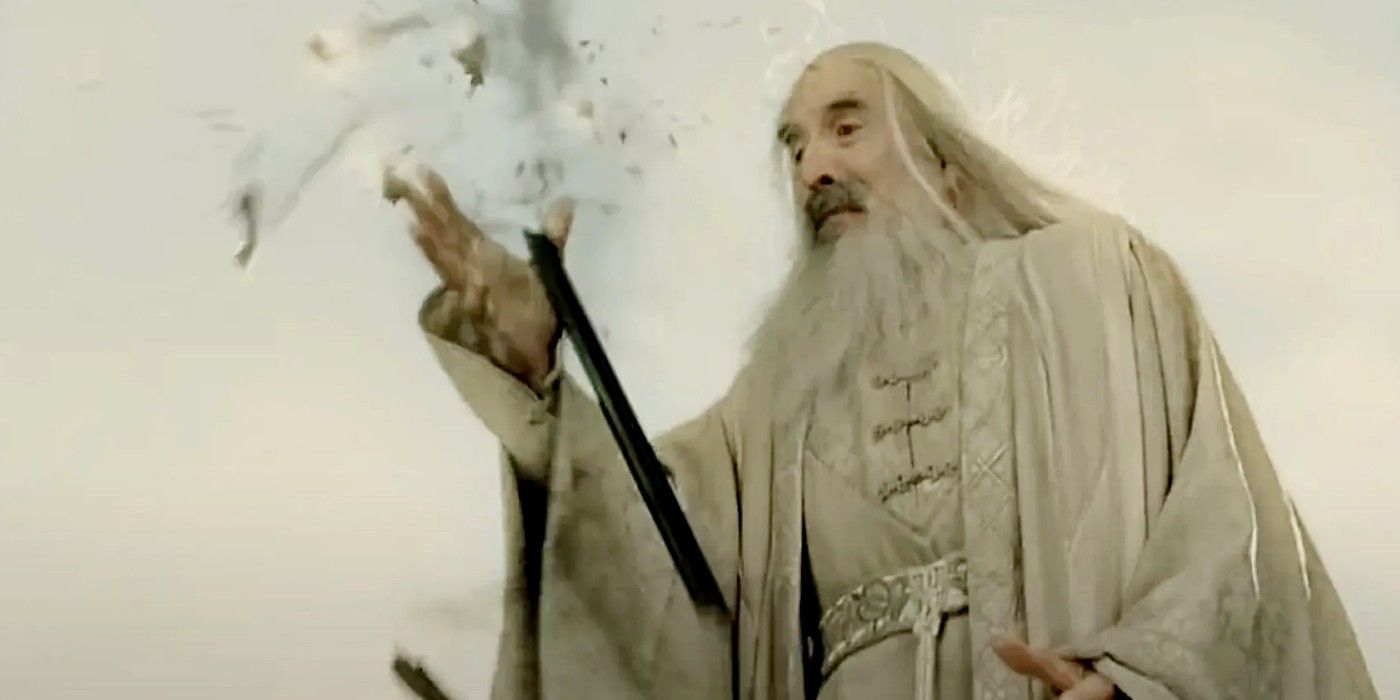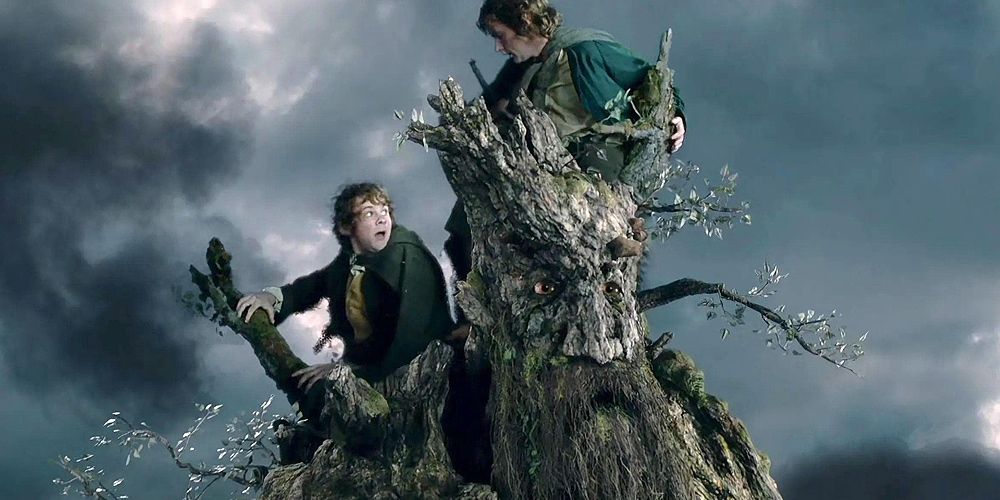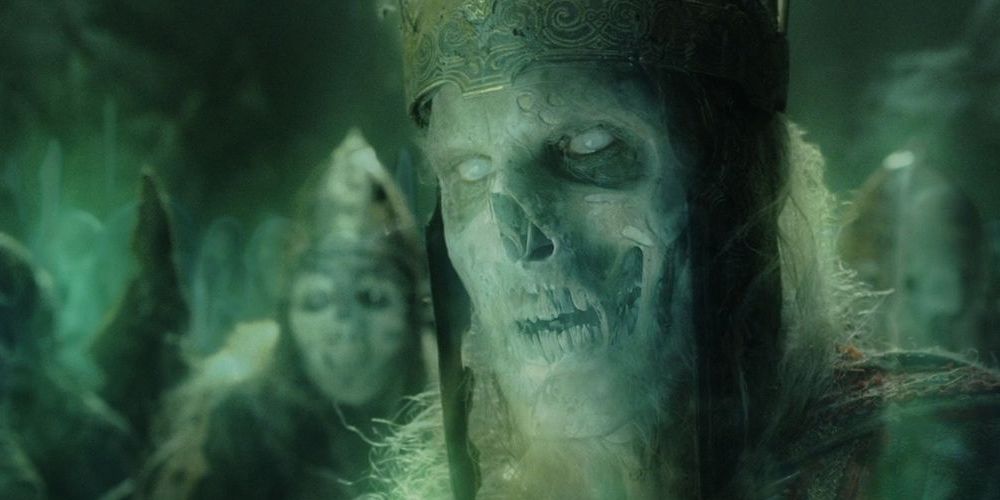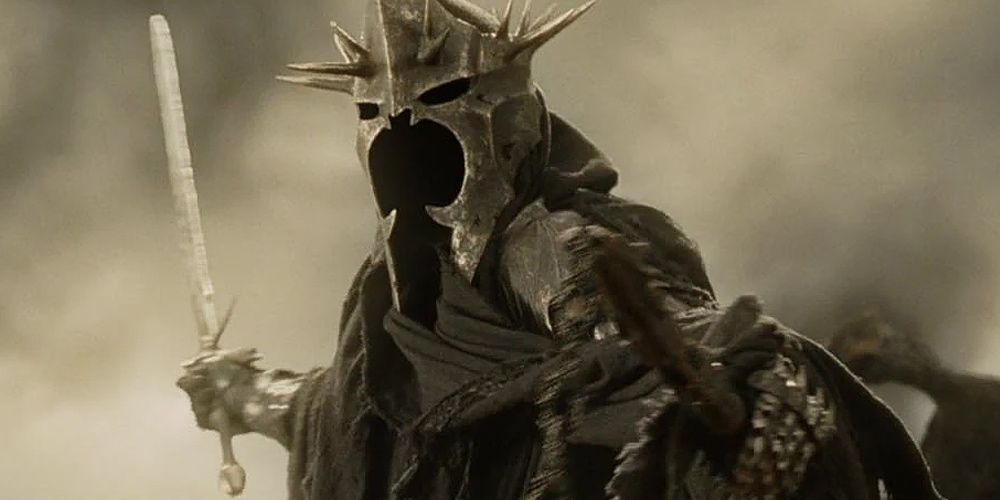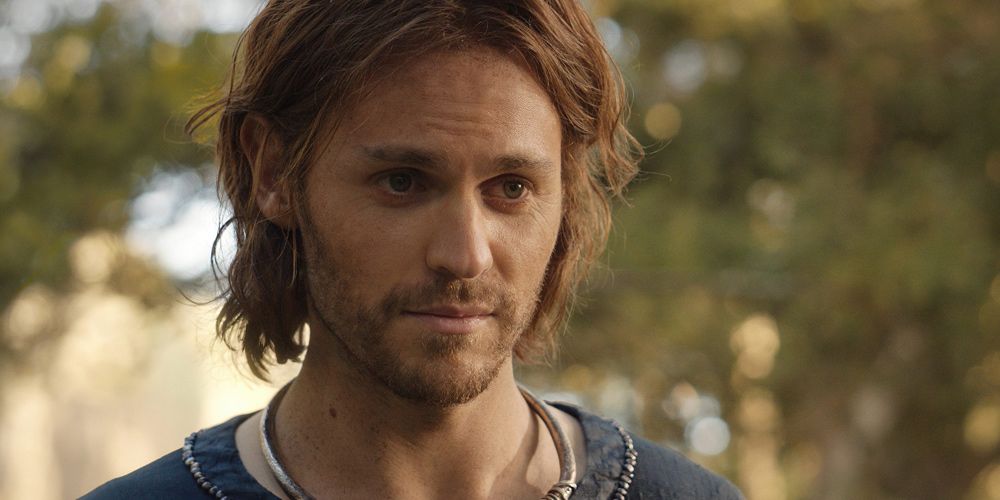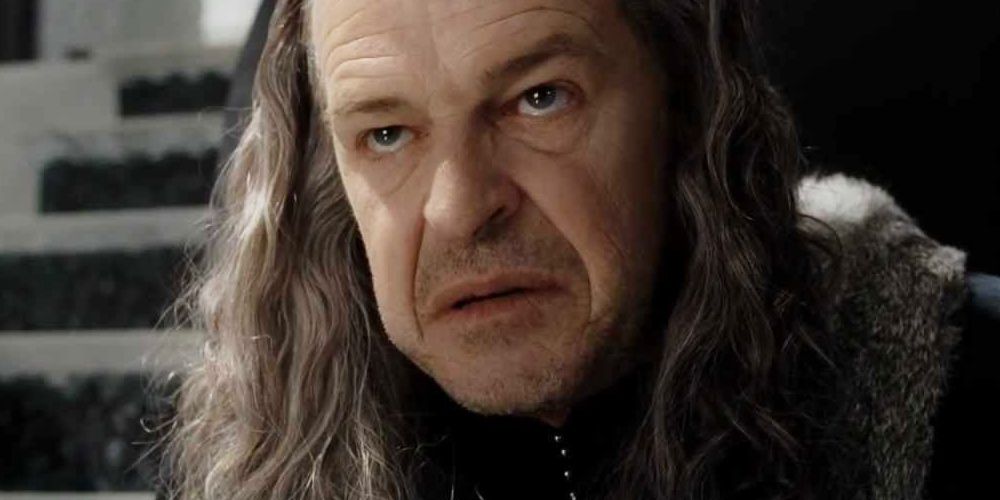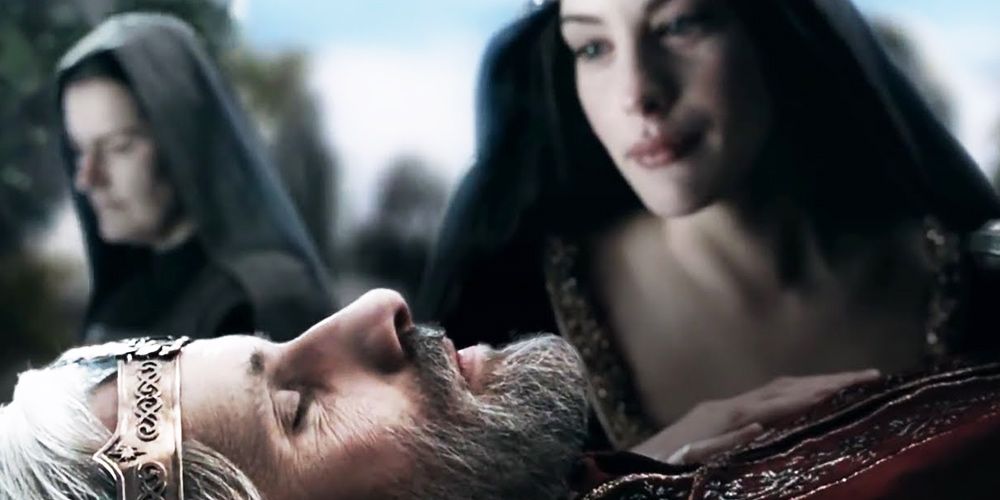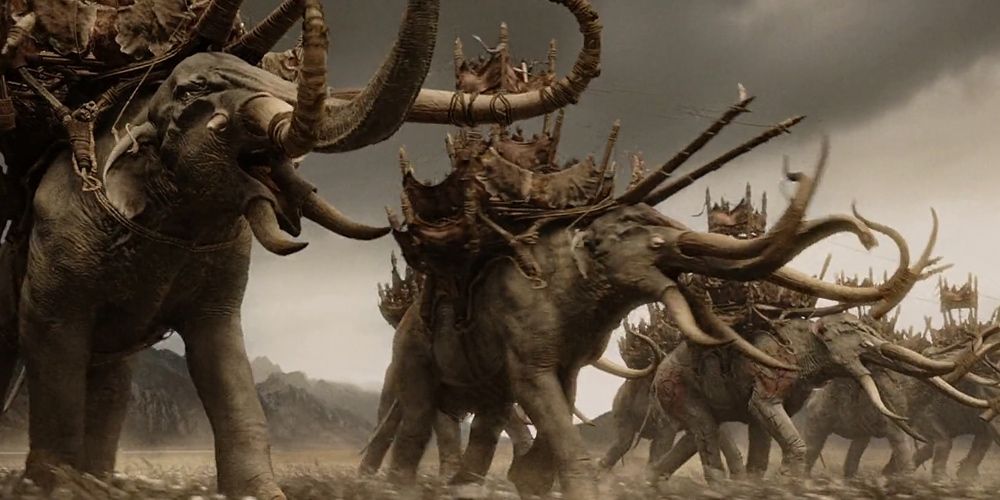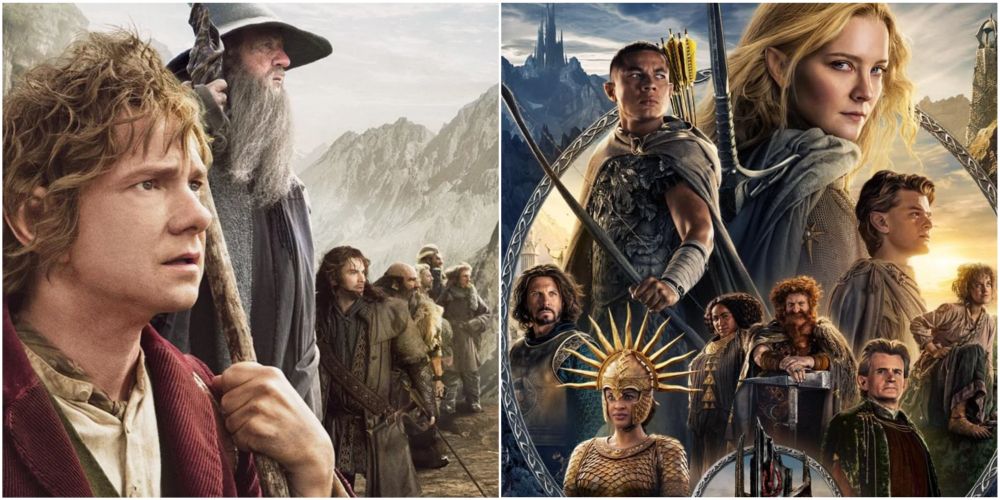The Lord of the Rings by J. R. R. Tolkien is one of the most influential book trilogies of all time, helping define the epic fantasy genre. Peter Jackson's movies are no different. The Lord of the Rings trilogy set the bar high for other fantasies, especially in terms of narrative, world-building, and sheer awesomeness.
Unfortunately,The Lord of the Rings trilogy isn't as perfect as fans remember them. Whether it's plot holes or jokes that are more awkward than funny, the trilogy's flaws can put a damper on rewatching three otherwise incredible movies.
Updated on February 15, 2024 by Robert Vaux and Angelo Delos Trinos: There'll probably never be another trilogy as epic and beloved as Peter Jackson's The Lord of the Rings. The trilogy didn't just change filmmaking forever: it greatly affected the lives of those who watched it in the early 2000s. The Lord of the Rings is infinitely rewatchable, but it's not as perfect as some would hope. The more time passes, the more minor yet noticeable flaws become more obvious. The article has been updated with additional information in each entry, and its formatting has been adjusted to meet current CBR guidelines.
15 Some of Pippin's Funny Moments Just Aren't Funny.
|
Name |
Species |
Played by |
Issue |
|---|---|---|---|
|
Peregrin "Pippin" Took |
Hobbit |
Billy Boyd |
Never as funny as he thinks. |
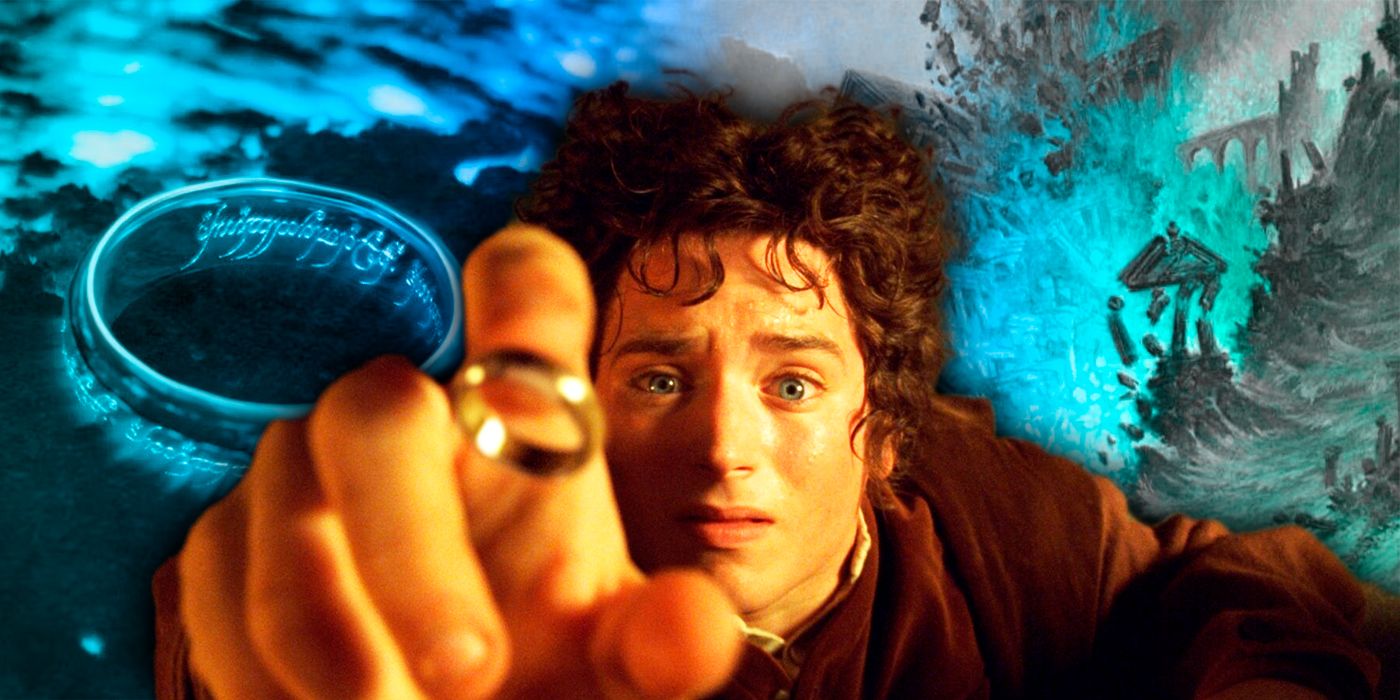
10 Best Uses of Magic in the Lord of the Rings
The Lord of the Rings has many amazing uses of magic, from the creation of the Ring to Gandalf's fight with the Balrog. But what moments are the best?Like most family-friendly movies about war and monsters, The Lord of the Rings had its fair share of silly moments to ease the sadness or cut the tension. Some of these moments, like Boromir playing with Merry and Pippin or Gimli counting his kills, were sweet and fun. Other jokes didn't land so well.
After the Fellowship is founded during the Council of Elrond, Pippin abruptly asks where they're going, despite hearing everything Elrond just said. The joke characterized Pippin as a clueless and even dull Hobbit, and while it helps distinguish him from his cousin Merry, his clueless nature can wear thin. To some, this kind of joke and others like it are more annoying than endearing: crowd-pleasing frivolity forced into what should be a more solemn and dignified moment.
14 Faramir's Theatrical Characterization Is Frustrating.
|
Name |
Species |
Played by |
Issue |
|---|---|---|---|
|
Faramir |
Human |
David Wenham |
His father is impossible to please. |
Faramir's characterization in The Lord of the Rings movies can be frustrating for viewers, especially for fans who read the books beforehand. In Tolkien's novels, Faramir immediately recognized the evil of the One Ring and refused to take it once he understood that Frodo and Sam sought to throw it into Mount Doom's fires. He proves himself better than his brother in the process, since Boromir ultimately succumbed to the temptation of the Ring.
In the movies, Faramir briefly gave into the Ring's temptation and tried to take it back to Gondor. Ultimately, he realized this was a mistake and let Frodo go. This felt like unnecessary drama that made Faramir come off duller and weaker-willed than his literary counterpart. It remains perhaps the slowest section of the whole trilogy, and feels more like giving Frodo and Sam something to do while the rest of the Fellowship experiences far more interesting adventures elsewhere.
13 Boromir Doesn't Have Enough Depth In The Theatrical Cut
|
Name |
Species |
Played by |
Issue |
|---|---|---|---|
|
Boromir |
Human |
Sean Bean |
Too easily corrupted. |
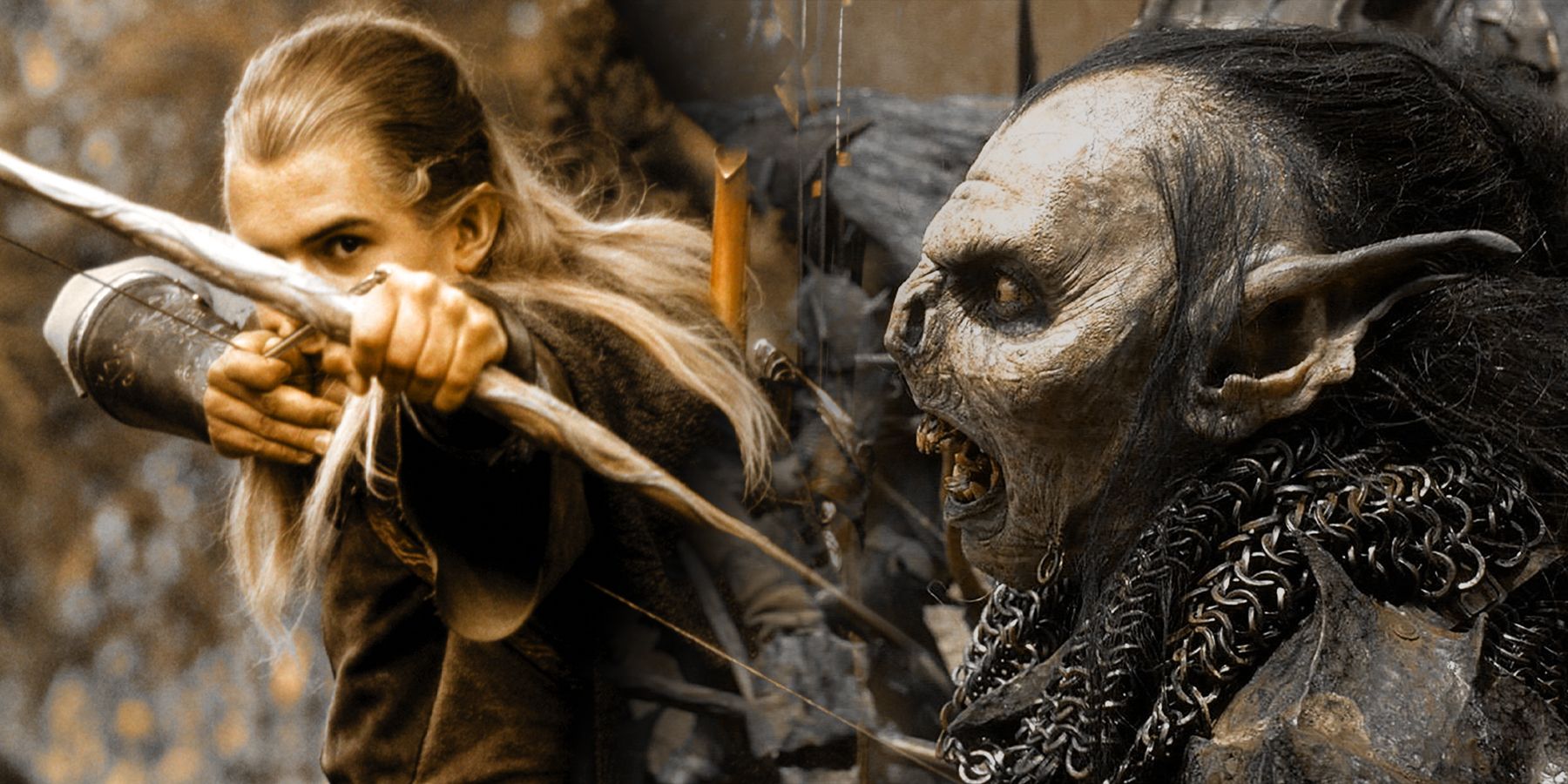
Legolas Is Lord of the Rings' Best Archer — The Reason Why Is Pretty Dark
Legolas made a lot of impressive shots in The Lord of the Rings movies, and they didn't even show his best feat. Here's why he was so good.The Lord of the Rings trilogy has two versions: the theatrical and extended cuts. Unfortunately, this can be a disadvantage. The theatrical release cuts off important character beats that are only included in the Extended Editions. For instance, Boromir isn't nearly as sympathetic in the theatrical version as he is in the extended version. Boromir comes across as a weak-willed man who gives into the Ring's temptations without properly explaining his struggles or motivation.
Pivotal deleted scenes from the extended version revealed more about his more complex motives and thoughts. They show how hard he has fought to keep Gondor free, notably in the battle to free Osgilioth which appears in the Extended Edition of The Two Towers. It depicts not only the sacrifices he's made to keep his kingdom safe, but the great dangers that continue to threaten it. It puts the character's seeming selfishness about the Ring in a much more nuanced context.
12 Saruman's Fate is Only Resolved in the Extended Cut
|
Name |
Species |
Played by |
Issue |
|---|---|---|---|
|
Saruman |
Istari (wizard) |
Christopher Lee |
Doesn't get a curtain call. |
Another disadvantage of having two versions of The Lord of the Rings is that some plot lines go unresolved if you're not watching the Extended cut. The best example is Saruman's fate. In the books, Saruman was killed by Grima Wormtongue at the end of The Return of the King after their bid to take over The Shire failed. That sequence was cut entirely from the trilogy, which already had multiple emotional beats in its lengthy conclusion. It makes sense from a narrative perspective, but it also leaves Saruman in the lurch. He doesn't appear in the theatrical release of The Return of the King at all, and only a dismissive line from Gandalf speaks to his fate.
In The Return of the King's extended cut, Saruman was killed by Grima after a confrontation with Gandalf and King Théoden, which parallels their fate in the book after their attempted takeover of the Shire fails. Despite his significance in The Fellowship of the Ring and The Two Towers, Saruman vanished after Isengard's fall. This glaring plot hole left fans unsatisfied, but even then, killing Saruman off at the start of Return of the King ends up ruining two movies' worth of build-up.
11 Elrond Shouldn't Have Let Isildur Walk Away
|
Name |
Species |
Played by |
Issue |
|---|---|---|---|
|
Elrond |
Elf (Half-Elf) |
Hugo Weaving |
Failure to act. |
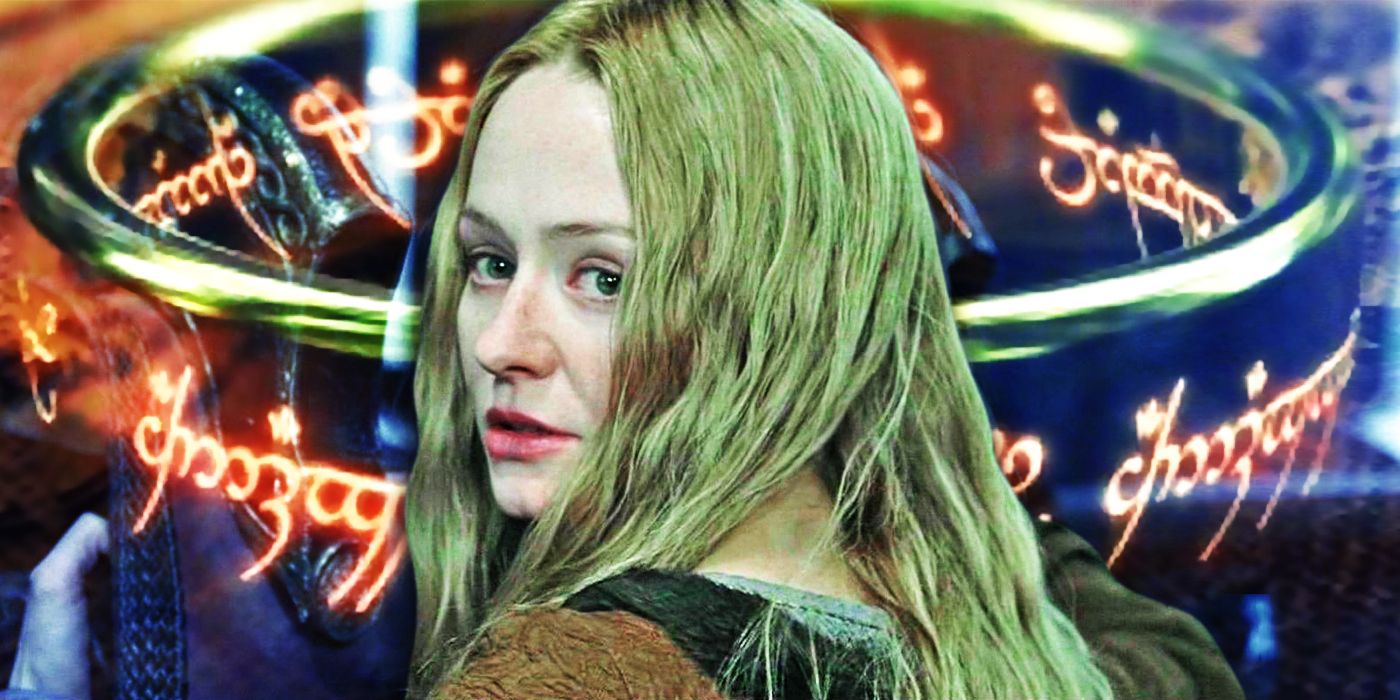
What Happened to Eowyn After The Lord of the Rings?
Despite being one of The Lord of the Rings' most iconic female characters, Eowyn's final years are left shrouded in mystery.In The Fellowship of the Ring, Lord Elrond of Rivendell expressed his doubts about humanity's ability to stand up to Sauron. He cited the incident where Isildur cut the One Ring from Sauron's hand but didn't destroy it. It was established in the books that forcing someone to give up the Ring or taking the Ring by force never ends well.
Even so, there was no logical reason for Elrond to let Isildur walk away from Mount Doom with the One Ring. If the One Ring was as dangerous as Elrond said, he could have at least kept tabs on it to make sure it didn't fall into the wrong hands. Instead, it seems like Elrond just gave up after Isildur left.
10 The Ents Should Have Attacked Saruman On Their Own
|
Name |
Species |
Played by |
Issue |
|---|---|---|---|
|
Treebeard |
Ent |
John Rhys-Davies |
Insufficient motivation. |
In The Two Towers, the Ents who guarded the great forest of Fangorn mounted an attack on Isengard to avenge the destruction of their home and loved ones. The last march of the Ents and their siege of Saruman's fortress were sights to behold, but the way they came to their decision felt odd. Despite the severity of Saruman's crimes, the Ents were slow to attack him and it took Merry and Pippin tricking Treebeard to actually get the Ents to fight.
The move is intended to show how detached the Ents have become from the rest of Middle-earth, and how their ancient perspective can sometimes blind them to the threat at hand. Even so, as Fangorn's caretakers, the Ents shouldn't have needed the Hobbits to rile them up over the forests' destruction. They would have noted the destruction of the trees to feed Isengard's furnaces without having to be shown. It also would've been more compelling if they made their decisions themselves, showing how Middle-earth is uniting together against Saruman.
9 The Army Of The Dead Was A Game-Breaker
|
Name |
Species |
Played by |
Issue |
|---|---|---|---|
|
Dead Men of Dunharrow |
Unquiet Spirits |
Various |
Overpowered |
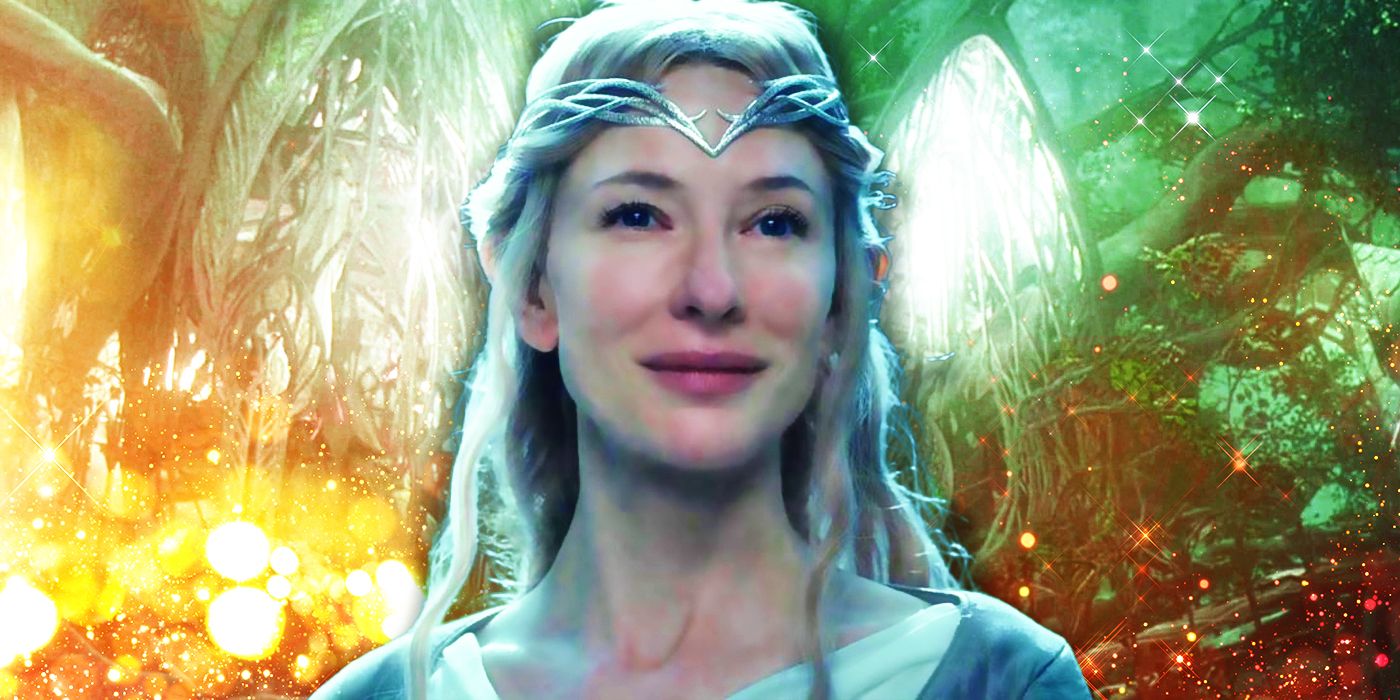
The Lord of the Rings: What is Lothlórien and Why is it Important?
Lothlórien is one of the most majestic Elven realms in Middle-earth. And Galadriel played a key role in its importance during The War of the Ring.One of the most common complaints about The Lord of the Rings trilogy is how the Dead Men of Dunharrow break all logic and tension. The ghostly army was so overpowered that Aragorn's decision to release them before the Battle of the Morannon was ridiculed as one of the worst military decisions in all pop culture. Despite The Return of the King's many justifications in trying to set them up, the Army of the Dead was a deus ex machina through and through.
This wasn't the case in the books, where they were just one of many factions that helped break the Siege of Gondor. It's worth noting that even Peter Jackson didn't like the army, but kept them to satisfy readers and book purists. Even the visuals were a little odd, resemlbing nothing so much as a cleanser add scouring the field of Sauron's forces.
8 Gandalf Should Have Been Able To Defeat The Witch King
|
Name |
Species |
Played by |
Issue |
|---|---|---|---|
|
Gandalf |
Istari (wizard) |
Ian McKellen |
Underpowered |
During the Siege of Gondor, Gandalf faced The Witch-King, the leader of the Nazgul. The Witch-King quickly got the upper hand, shattering Gandalf's staff and knocking him down. Gandalf only survived when The Witch-King's attention was diverted by the Rohirrim's arrival. Although this raised the stakes and tension -- as well as giving Eowyn her moment to shine -- it made little sense when Gandalf the Grey previously slew the Balrog.
The Witch-King is a deadly wraith but still smaller and weaker than the Balrog. In fact, the relatively powerless Eowyn and Merry killed him. The resurrected Gandalf the White was stronger than both Eowyn and Merry, so in a more logical landscape, he could have overcome the Nazgul's leader. That said, it's clearer in the books that Eowyn and Merry had the power of prophecy on their side, and Gandalf could only defeat the Witch-King by defying the prophecy that "no man" could slay him. (It's also in keeping with Gandalf's habit of letting other figures destroy powerful enemies, as he did by using Thorin to defeat Smaug during the events of The Hobbit.)
7 Sauron's Mystery & Terror Were Retroactively Watered Down
|
Name |
Species |
Played by |
Issue |
|---|---|---|---|
|
Sauron |
Fallen Maia |
various |
Not always as scary as he should be. |
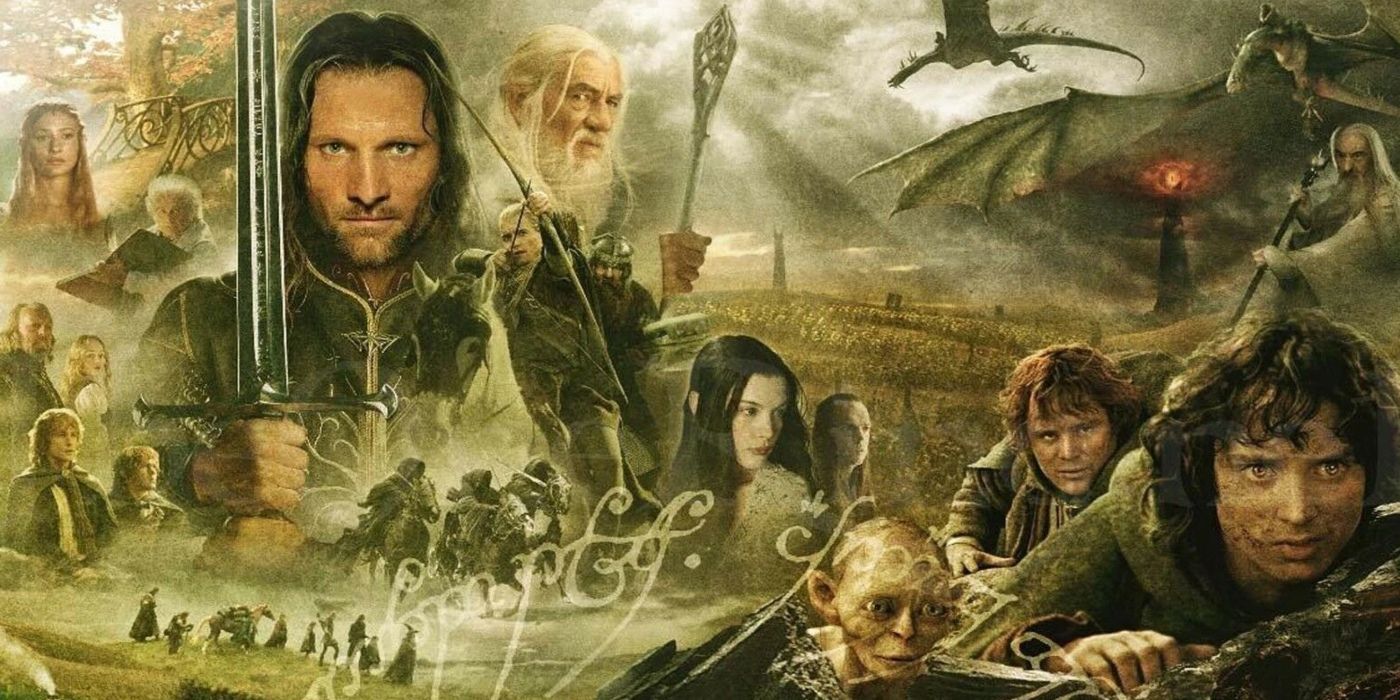
Does the Lord of the Rings Need a Remake?
While it may be one of the most successful trilogies of all time, is there really a point in developing a remake of the Lord of the Rings movies?Part of what made Sauron terrifying was that he was evil incarnate, but he barely spoke and lacked a tangible form. Instead, he was an abstract evil everyone knew and feared. Even famous forms like his armored self and the fiery eye were only temporary. This was almost completely undone by The Rings of Power, which had to depict him as a deceiver who can fool the insightful Elves with a pleasant facade.
The Rings of Power humanized Sauron by giving him a human form, a clear personality, and motives. These aren't inherently bad moves but they demystified Sauron a great deal. For those who've seen The Rings of Power, Sauron now feels more like a generic fantasy villain than an evil force of nature beyond logic and reason. It may be necessary for the story to move forward, but it's done a good deal of damage to its villain's mystique.
6 Denethor's Death Isn't As Dignified As The Book's Version
|
Name |
Species |
Played by |
Issue |
|---|---|---|---|
|
Denethor |
Human |
John Noble |
Overwhelming pathos. |
In the LOTR novels, Lord Denethor tried to burn himself alive, along with his son, Faramir. Gandalf interrupted this, took Faramir away, and tried to talk Denethor down. Unfortunately, Denethor was too far gone. He went back to the pyre, set it on fire, and lay down unmoving amid the flames until he was consumed.
In The Return of the King, film, Pippin dragged Faramir off the pyre while Denethor caught fire and panicked. He then threw himself off Minas Tirith's highest point. It isn't clear why the filmmakers made this change. Perhaps they thought Denethor was too despicable to deserve a dignified death, or that Pippin needed more heroism at that moment. Either way, it's a pathetic rendition of the book's narrative.
5 Frodo Doesn't Feel Heroic
|
Name |
Species |
Played by |
Issue |
|---|---|---|---|
|
Frodo Baggins |
Hobbit |
Elijah Wood |
Moments of weakness. |
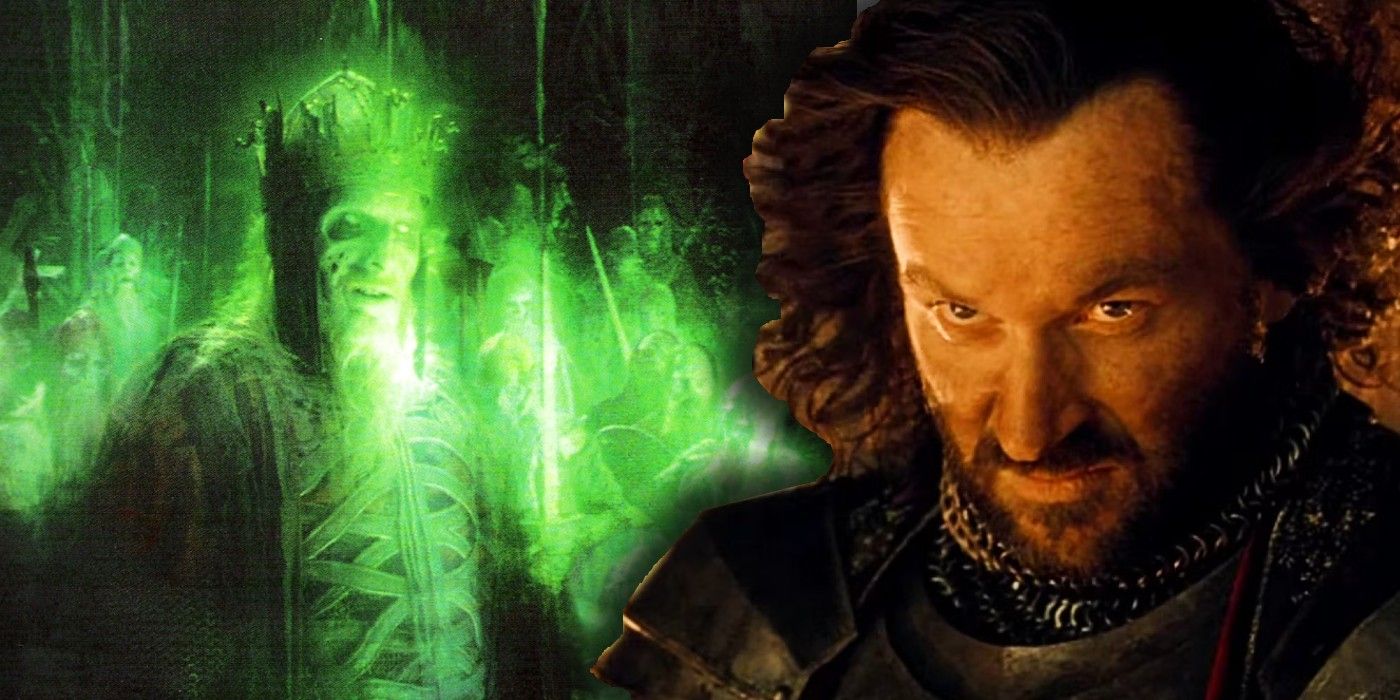
The Lord of the Rings' Men of Dunharrow, Explained
The Army of the Dead was a terrifying force in The Lord of the Rings, but how did these warriors become ghosts who haunted the Paths of the Dead?Frodo does a lot of great things in the movies. Frodo volunteered to carry the One Ring to Mordor, despite knowing the burden it would place on him. He also chose to leave his peaceful life in The Shire and put himself in mortal danger countless times to save Middle-Earth, even when he didn't have to.
That said, there are some key moments when Frodo wasn't as heroic as he should be. Most notoriously, he drove Sam away when he trusted the deceitful Gollum over his friend. Frodo's desire to redeem Gollum was noble, but he acted foolishly during this moment of weakness. It can be explained away by the Ring's growing influence over him, but it breaks the all-important bond between the two Hobbits, however temporarily.
4 Tolkien's Most Important Themes Were Glossed Over
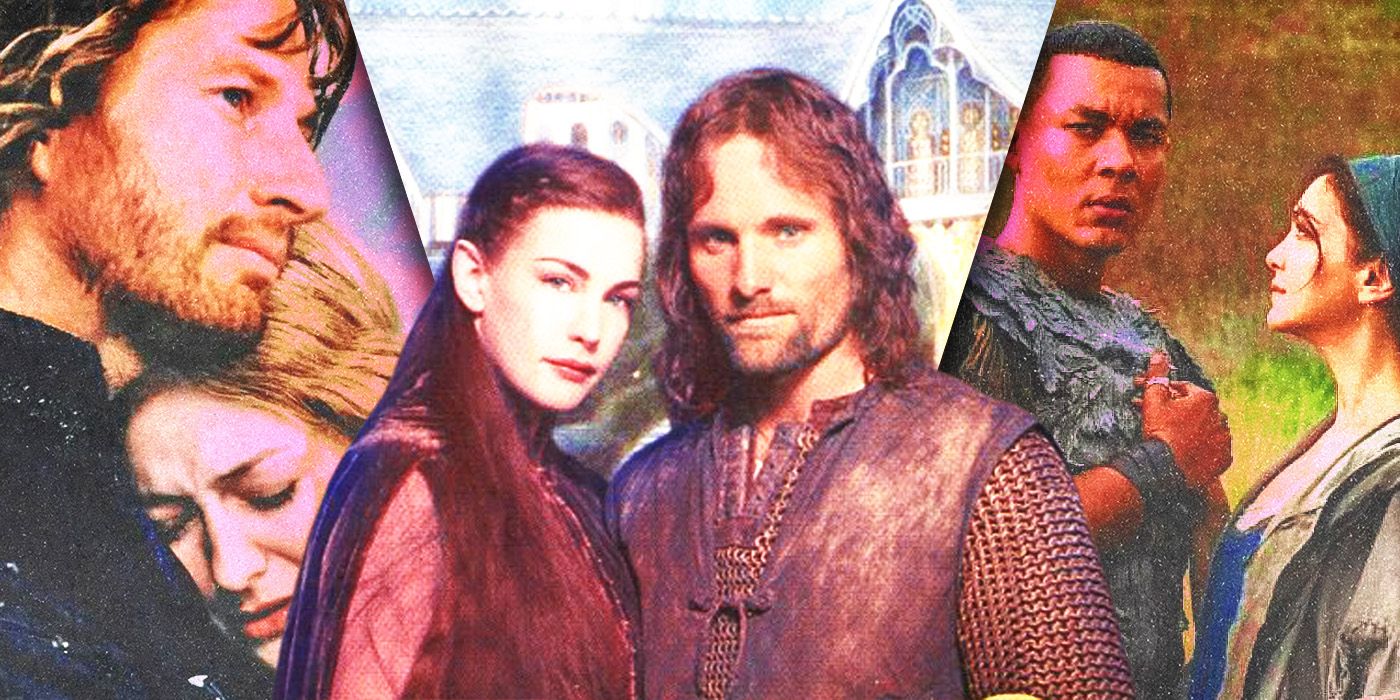
10 Best Romantic Couples in Lord of the Rings
Middle-earth is home to many battles, but The Lord of the Rings has several wholesome romances, from Sam and Rosie to Éowyn and Faramir.Broadly speaking, The Lord of the Rings movies are war epics. The Fellowship grew as people through combat, and the movies focused on the spectacles and hardships of armed conflict. The books also had their fair share of unforgettable battles, but they were more reflective and somber than the movies in key parts. There's a lingering sense of tragedy, even in victory. The old ways are dying out and something new is coming. Even if the change is good, as it is with Aragorn's ascension to the throne of Gondor, it comes with terrible losses that can never be replaced.
The LOTR novels are about the end of an age and death's inevitability. The movies gloss over these ideas, which is why certain moments didn't hit as hard as they should have. The Rohirrim's battle cry in Pelennor Fields, for example, felt like a badass rally, not a defiant rebuke of Sauron's perversion of death into something to fear. The change may be inevitable to meet the needs of a blockbuster audience, but it can't capture the poignancy of Tolkien's prose.
3 LOTR Set The Bar For Modern Fantasy Too High
The Lord of the Rings is undoubtedly the pinnacle of the fantasy genre's modern age. But by no fault of its own, the trilogy accidentally drove the genre into a corner. To this day, fantasy fans treat the trilogy as the genre's perfect and ultimate expression. This forces new creators and stories to deal with often unfair and unrealistic expectations.
Rewatching The Lord of the Rings today could feel like a eulogy to fantasy fiction since it's been widely accepted as fantasy's final form. Even some of the best recent fantasy novels don't exactly stand on their own merits without LOTR. Many of them are either dark refutations or pale copies of The Lord of the Rings. The results ultimately sank the fantasy genre into obscurity after a decade of efforts that just couldn't stand up to the example set by those three movies.
2 The Hobbit Prequels Watered Down LOTR
|
Name |
Species |
Played by |
Issue |
|---|---|---|---|
|
Bilbo Baggins |
Hobbit |
Martin Freeman |
Has to carry three movies on his own. |
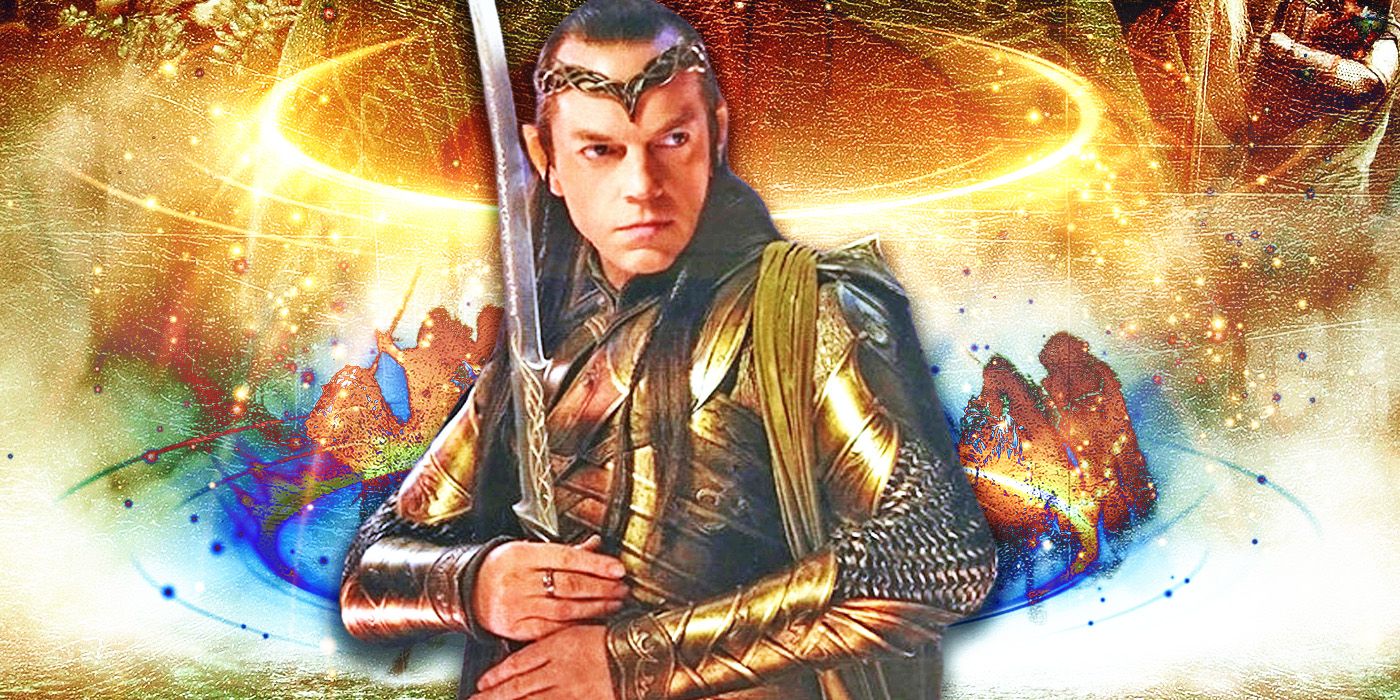
The Lord of the Rings: Does Elrond Have Powers?
The Lord of the Rings features many powerful characters, from Gandalf to Galadriel. But does the Elf, Elrond have powers as well?The Lord of the Rings was, unfortunately, a victim of its own success. In the 2010s, the trilogy was reduced from a cinematic achievement to yet another intellectual property that studios wanted to expand into a multimedia franchise. And with the Harry Potter movies coming to a conclusion, Warner Bros was eager to develop a replacement. This led to the overproduced Hobbit trilogy and the ill-advised The Rings of Power.
While they weren't downright terrible, these prequels existed to cash in on the trilogy's nostalgia and repeat previous accomplishments, not create something new. The trilogy will always be an irreplaceable masterpiece, but the sequels turned Tolkien's work into another IP for producers to mine. The Hobbit is perhaps the most egregious example, as Jackson was forced to turn the novel into three movies when it really only needed one.
1 LOTR Is Best The First Time
The Lord of the Rings is a beautiful and genuinely emotional trilogy. The sheer effort put into it — from its music to its battles to its glorious scenery — is still unmatched today. The trilogy's scale and enduring cinematic glory will last forever, but no amount of repeat viewings could recreate the magic of seeing it for the first time.
It felt like something new and different, especially to those unfamiliar with the books. Getting attached to the characters, not knowing who will die and who will return, and witnessing the massive battles for the first time was a sublime experience for fans who watched the movies from 2001 to 2003. And long-time Tolkien fans got to see a fully developed rendition of the novels, rather than relying on the imperfect and incomplete animated features that had preceded them. Sharing the trilogy with a newcomer is the closest older fans can ever get to reliving their first viewing, but it will never be the same.
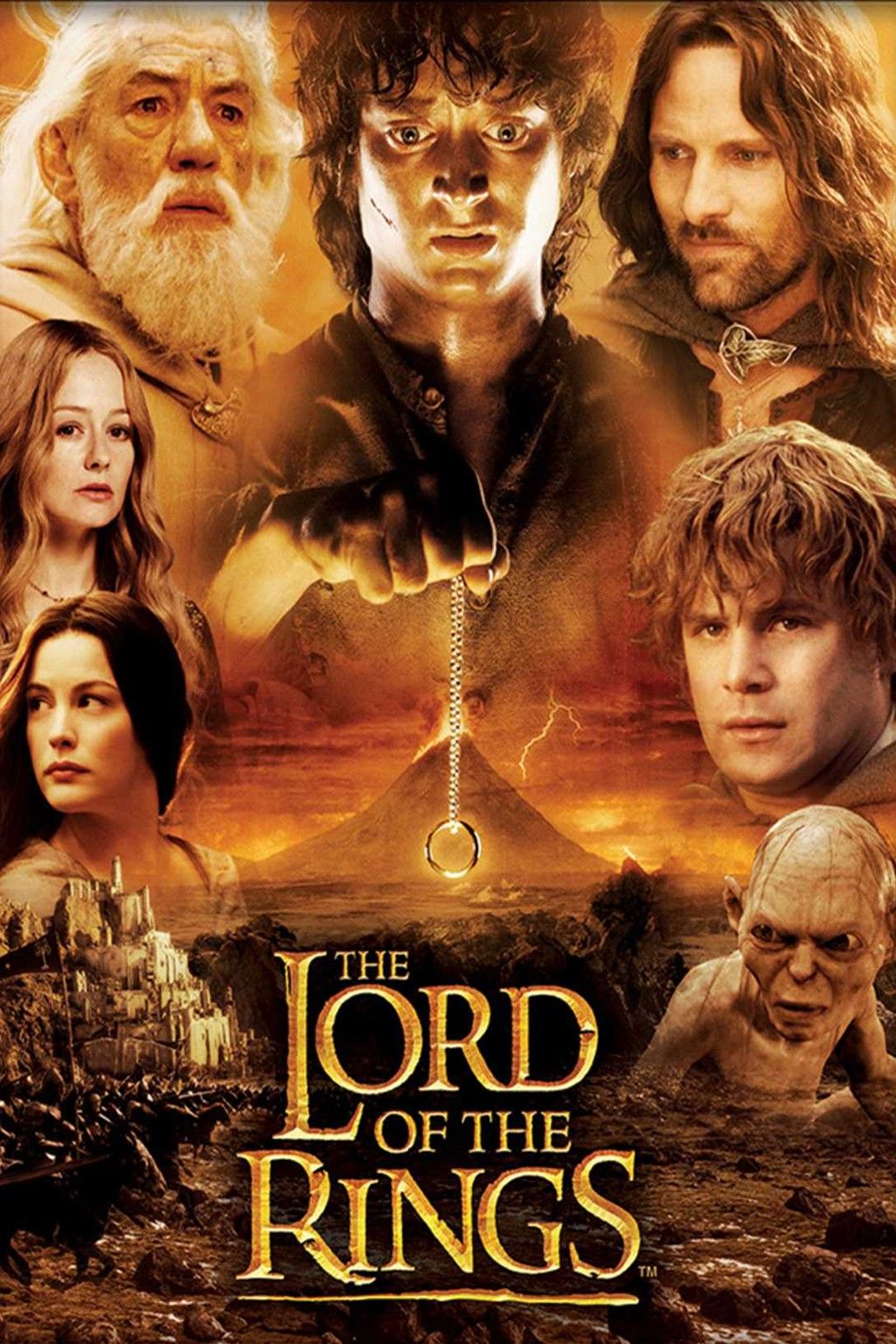
The Lord of the Rings
The Lord of the Rings is a series of epic fantasy adventure films and television series based on J. R. R. Tolkien's novels. The films follow the adventures of humans, elves, dwarves, hobbits and more in Middle-earth.
- Created by
- J.R.R. Tolkien
- First Film
- The Lord of the Rings: Fellowship of the Ring
- Latest Film
- The Hobbit: The Battle of the Five Armies
- Upcoming Films
- The Lord of The Rings: The War of The Rohirrim
- First TV Show
- The Lord of the Rings The Rings of Power
- Latest TV Show
- The Lord of the Rings The Rings of Power
- First Episode Air Date
- September 1, 2022
- Cast
- Elijah Wood , Viggo Mortensen , Orlando Bloom , Sean Astin , Billy Boyd , Dominic Monaghan , Sean Bean , Ian McKellen , Andy Serkis , Hugo Weaving , Liv Tyler , Miranda Otto , Cate Blanchett , John Rhys-Davies , Martin Freeman , Morfydd Clark , Ismael Cruz Cordova , Charlie Vickers , Richard Armitage
- Character(s)
- Gollum , Sauron

